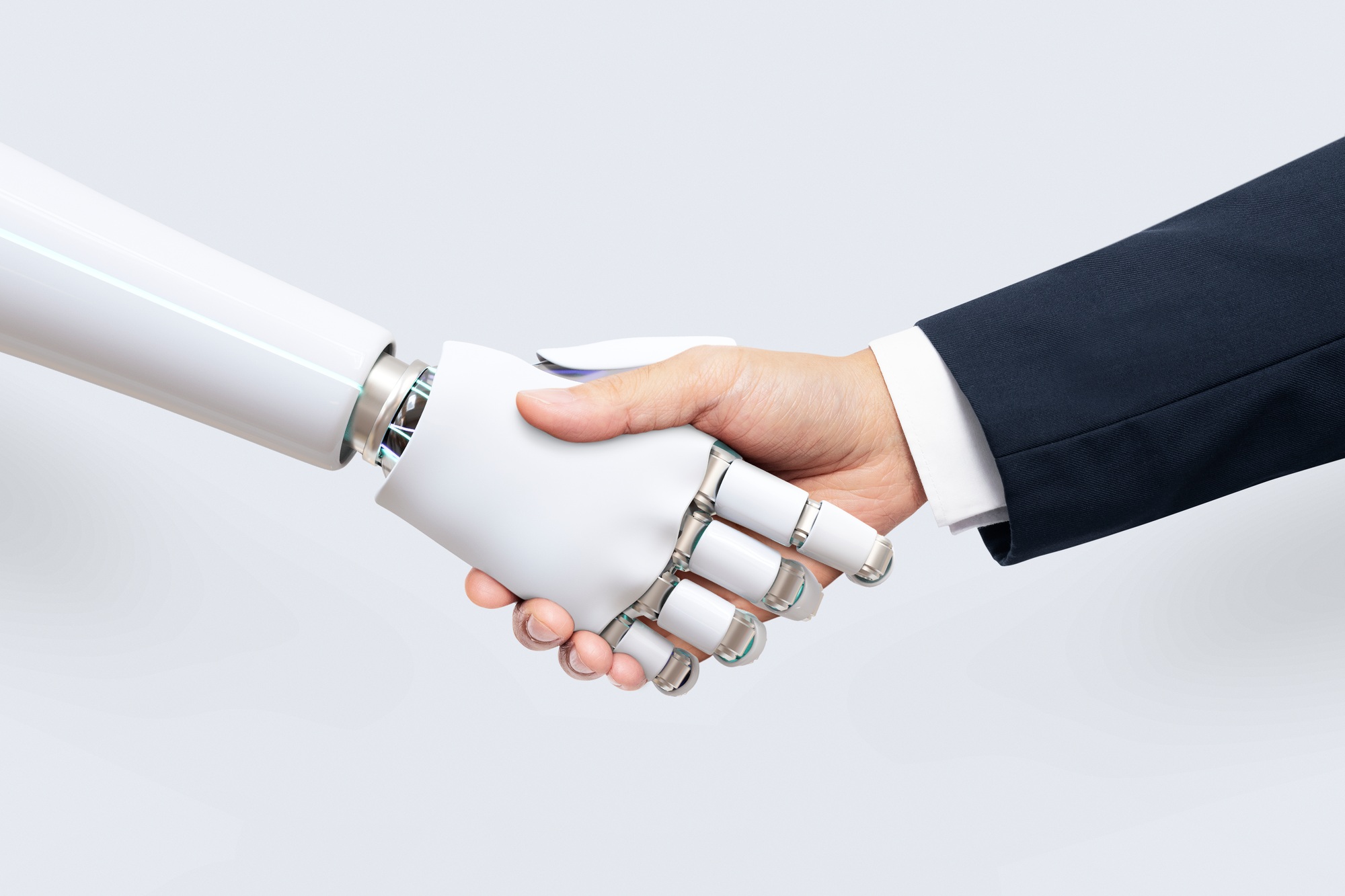The conversation around artificial general intelligence (AGI) has evolved from theoretical debates to palpable, real-world implications. As developments in AI continue to accelerate, many are beginning to sense that the age of AGI—machines with human-like cognitive abilities—is on the horizon. This article dives deep into the current state of AI, the emotional and societal shifts accompanying these advancements, and the broader impact of AGI that goes beyond the headlines.
The Evolution of AI: From Narrow to General Intelligence
A Brief History and Current Landscape
For decades, AI has been defined by its narrow applications—tools designed for specific tasks like language translation, image recognition, or recommendation systems. However, recent breakthroughs in machine learning, neural network architectures, and computational power have set the stage for a leap toward AGI. Unlike narrow AI, AGI aims to emulate the flexible and adaptive intelligence of human beings.
Why the Shift Matters
The transition from narrow AI to AGI isn’t just about technical prowess; it represents a fundamental change in how machines learn, adapt, and interact with the world. With AGI, the promise is a system that can understand context, reason, and even exhibit creativity across a broad range of tasks—transforming industries, research, and everyday life.
The Emotional and Societal Impact of AGI
Feeling the Shift: Human Perspectives
Many technologists and laypeople alike are experiencing a mix of excitement and apprehension. The emotional response to AGI is as complex as the technology itself:
- Hope and Innovation: For some, AGI heralds a new era of innovation—solving complex problems in healthcare, climate change, and education that were previously out of reach.
- Uncertainty and Fear: Others are concerned about the societal disruptions AGI could cause, including job displacement, ethical dilemmas, and even the challenge of controlling a system that might surpass human intelligence.
Cultural Shifts and Public Discourse
The rapid progress toward AGI is also reshaping public discourse. Conversations about technology in boardrooms are now intermingled with debates on ethics, governance, and the future of human creativity. There is a growing consensus that addressing these challenges requires interdisciplinary collaboration between technologists, policymakers, and ethicists.
Technological Innovations Paving the Way for AGI
Breakthroughs and Challenges
Recent developments have provided glimpses of what AGI might achieve:
- Advanced Neural Architectures: New models that combine deep learning with symbolic reasoning are helping machines understand abstract concepts better.
- Massive Data Processing: The ability to process and learn from vast datasets has allowed AI systems to develop nuanced understandings of language, images, and even emotions.
- Real-World Applications: From autonomous vehicles to sophisticated virtual assistants, the push towards AGI is already influencing practical applications, hinting at a future where machines might handle complex decision-making tasks.
The Overlooked Details
While much has been said about the technological leaps, some critical details often fly under the radar:
- Incremental Progress: AGI is not expected to emerge overnight. It is the result of numerous small, incremental advances that together reshape our understanding of intelligence.
- Human-AI Collaboration: Rather than replacing human intelligence, AGI could amplify human capabilities, leading to collaborative systems where machines and humans work side by side.
- Ethical Innovation: Researchers are increasingly focused on ensuring that these advances are made ethically, with an eye toward transparency, fairness, and accountability.
Economic and Governance Implications
Shifting Economic Landscapes
The advent of AGI promises to redefine industries:
- Job Transformation: While some jobs may be automated, new opportunities are likely to emerge in AI oversight, system design, and ethical governance.
- Productivity Gains: AGI could lead to unprecedented increases in productivity, revolutionizing fields such as medicine, finance, and engineering.
- Wealth Distribution: There is an urgent need for policies that address potential economic disparities that could arise from rapid technological change.
Governance and Regulation
Ensuring that AGI benefits society as a whole requires thoughtful regulation:
- Ethical Standards: Clear guidelines are necessary to prevent misuse and ensure that AGI systems are developed with ethical considerations at their core.
- Global Cooperation: The challenges of AGI are global, necessitating international cooperation to create standards that protect individual rights while fostering innovation.
- Long-Term Planning: Governments and institutions must consider not just immediate impacts but also the long-term societal shifts that AGI might trigger.

Frequently Asked Questions
Q: What exactly is AGI and how does it differ from current AI technologies?
A: AGI, or artificial general intelligence, refers to AI systems that possess the ability to understand, learn, and apply knowledge across a wide range of tasks—much like a human. Unlike narrow AI, which is designed for specific functions, AGI aims for versatile and adaptive intelligence.
Q: When can we realistically expect AGI to be developed?
A: While there is significant progress, experts agree that AGI is still a long-term goal. It is likely to emerge gradually through incremental advances rather than a sudden breakthrough. Predictions vary widely, but most suggest that fully functional AGI could take decades to materialize.
Q: What are the potential societal benefits and risks of AGI?
A: AGI has the potential to solve complex global problems, boost productivity, and enhance human creativity through collaboration. However, it also poses risks such as job displacement, ethical dilemmas, and challenges in ensuring that its capabilities are aligned with human values. Robust regulatory frameworks and interdisciplinary cooperation will be essential to mitigate these risks.
The journey toward AGI is as much a philosophical and ethical quest as it is a technological one. As we stand on the brink of this new era in intelligence, it is crucial to balance innovation with caution, ensuring that the advancements in AI lead to a future that is both transformative and equitable. The conversation continues, inviting all stakeholders to participate in shaping a world where human and machine intelligence coexist harmoniously.
Sources The New York Times


